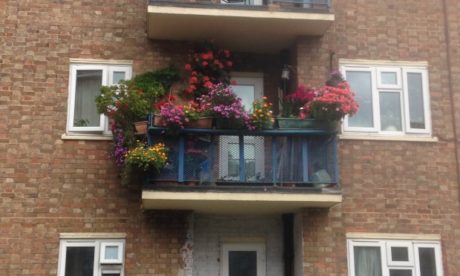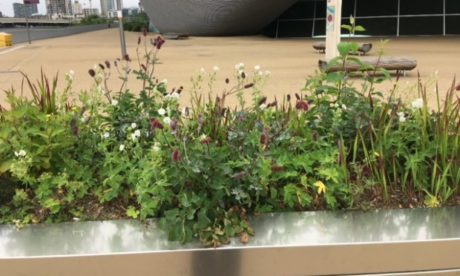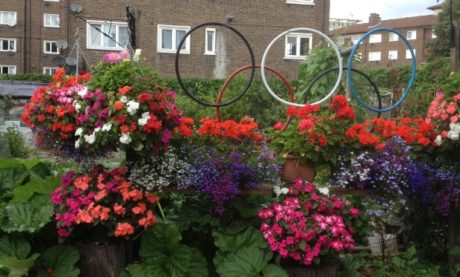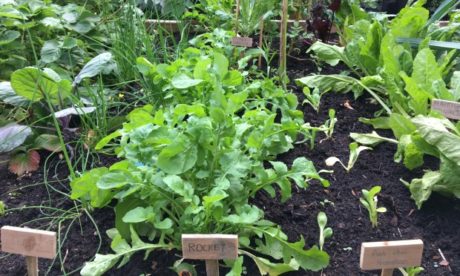The Citizen Gardener: ‘You don’t need a big space’

Growing in small spaces. Two things. One is, you don’t need a big space to garden. Two, it’s hard gardening in a small space.
Anyone can make something stunning if they’ve got acres and staff because they don’t have to negotiate space, light and time – and their plants can look after themselves in the soil.
What’s more impressive is the people who don’t have space but still have the compulsion to grow and create.
There is a flat I pass occasionally which is a joy to see. It bursts with colour and life and brings great cheer to me.

Plenty of veg do well in pots – salads, peppers, peas, beans, leafy greens like shiso, chard, sorrel, radicchio, garlic, chick peas, carrots, herbs.
Choose things that are not too big (many varieties come in dwarf forms), that you like and that are perhaps expensive to buy like rocket (but very easy to grow).
I’ve tried combinations that will make a meal, such as tomato and basil or carrot and coriander and have an ambition to grow all the ingredients for a Hackney Harissa in one container*.
Vertical Veg gives lots of tips for growing in pots and if you sign up to the newsletter you get an excellent guide to growing vegetables in containers.

Rich or poor
If you grow in pots, make sure they are as big as possible, that you don’t overplant and that there is enough light and water.
The best soil in the ‘wild’ is full of minerals and microbial life so try to replicate that with nutrient-rich soil and compost.
If you’re not growing vegetables, your soil doesn’t have to be rich. In fact, if you want to grow a mini-meadow, or any kind of native flower, the poorer the soil the better.
Flowering is often a sign of stress (a last push to reproduce before the end), so soil lacking nutrients will encourage this.
For a succession of flowers you can layer bulbs under other plants so that they push through.
Bulbs are favourites of squirrels and mice, so protect them from being dug up when you first plant them.
The advantage of growing in pots is that they are moveable so you can maximise the light and rainfall and you can change them according to the season and your mood, though planting longer- lasting plants is generally better for the environment.

Why things fail
The reason it’s harder to grow in pots is that plants can’t fend for themselves – their roots can’t delve into the soil to find nutrients or water – so we need to help and we don’t always respond to their needs for nutrition, water and light.
Watering is very important – especially for veg – and the water needs to be able to sink into the pot so allow space at the top of the pot for that and drainage at the bottom.
Things fail for me when I don’t care enough about them; but give me a lavender I’ve grown from seed and I will hover over it like a bird with her fledglings.
In short, grow things that delight you and you will strive to keep them alive.
*tomatoes, chilli, caraway, garlic
I will be running a cuttings and container-growing session on 16 March at a venue to be confirmed. Contact me if you’d like to come.
Kate Poland is an award-winning community gardener who runs social enterprise Cordwainers Grow. She was also chosen to be the UK’s first ever postcode gardener in E5 as part of Friends of the Earth’s 10xGreener project.
For more information, head to cordwainersgrow.org.uk and friendsoftheearth.uk
Photos and captions courtesy of Kate Poland.
